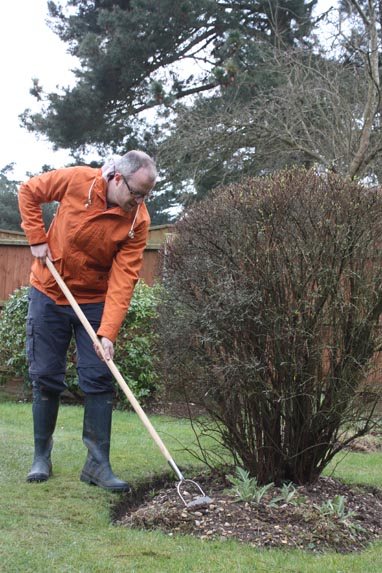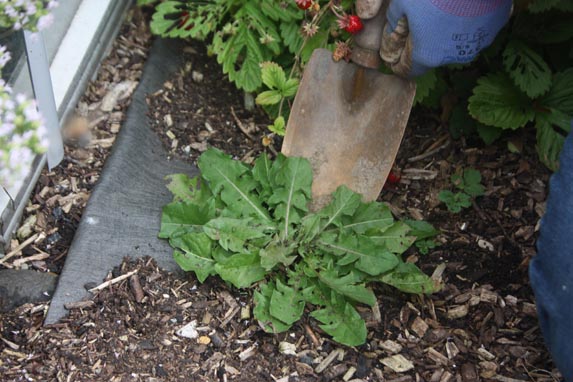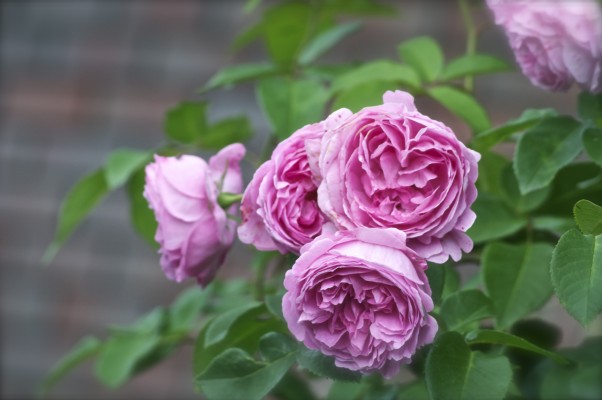Stay chemical free with regular soil cultivation, says AG gardening editor Kris Collins

Do it less frequently and soil is harder to work, and annual weeds may have time to flower and seed.
Resource: amateurgardening.com
 Allow weeds to mature in the joins between patio slabs or block paving and it can be a real problem to remove them by hand. With no room to dig out tap roots, perennial weeds will likely return soon after pulling off or scraping away top growth.
Allow weeds to mature in the joins between patio slabs or block paving and it can be a real problem to remove them by hand. With no room to dig out tap roots, perennial weeds will likely return soon after pulling off or scraping away top growth.




















 YIPEEEE! I was handed my new allotment at the weekend. Sadly, being in the middle of insulating the loft I was unable to do anything on it. But Monday lunchtime I sneaked off for an hour to take the first steps in clearing the neglected site.
YIPEEEE! I was handed my new allotment at the weekend. Sadly, being in the middle of insulating the loft I was unable to do anything on it. But Monday lunchtime I sneaked off for an hour to take the first steps in clearing the neglected site. Anyway, I did a bit of litter picking, then decided to sort out a huge sheet of black plastic scrunched in a messy pile at the bottom end. It was partly covering a pile of cut brambles, fruit tree prunings and grass the previous owner was presumably planning to burn. I’ll add this to the compost heap.
Anyway, I did a bit of litter picking, then decided to sort out a huge sheet of black plastic scrunched in a messy pile at the bottom end. It was partly covering a pile of cut brambles, fruit tree prunings and grass the previous owner was presumably planning to burn. I’ll add this to the compost heap. Anything growing beneath the black plastic will soon die back now that light has been excluded. Once that’s happened – in about three to four weeks’ time, the soil will be much easier to dig.
Anything growing beneath the black plastic will soon die back now that light has been excluded. Once that’s happened – in about three to four weeks’ time, the soil will be much easier to dig.